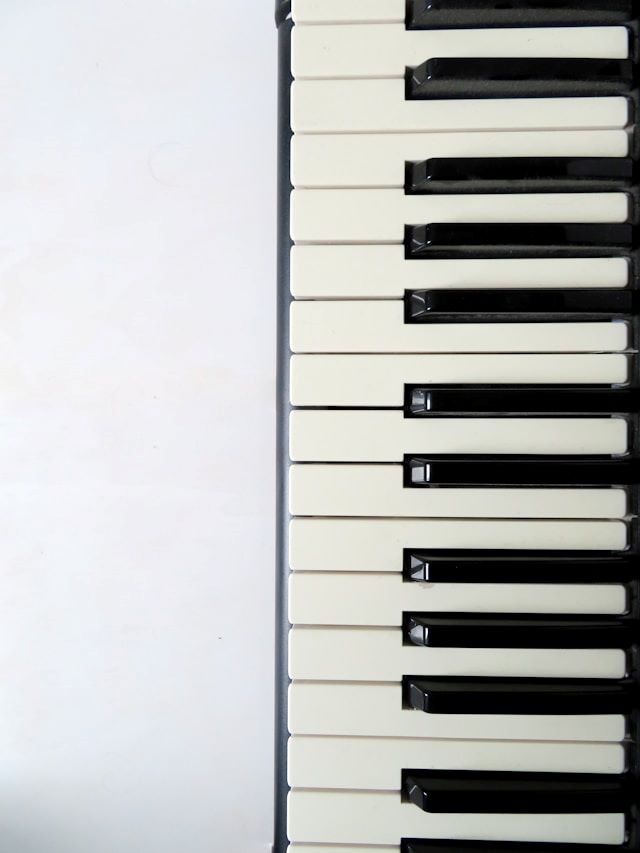We are so excited about our new book that we want to share an excerpt with you. The book is written in a Q&A format. Here is one of the questions and its answer. The book contains many, many more questions and answers that are directly related to your singing!
How are Pitches or Notes Named?
Referring to the diagram above, if you would play the white keys, starting from middle C and going from left to right, this is the sequence of notes: C, D, E, F, G, A, B, and then it goes back to C. (This is also called the C-major scale, but let’s not worry about that now!) You can continue this cycle until you run out of piano keys. As the notes get higher in pitch, it is easy to see that the next C will be higher than the previous one. Whenever a cycle ends and the note returns to C, that’s an octave. It’s the same thing with the next octave down, where the pitch is lower. That sequence of notes going to the left would be C, B, A, G, F, E, D, C. All notes have octaves.
Sometimes, you will see notes with numbers attached to them. For example, C4 (or c4) denotes the C note in the fourth octave. C2 is the C note in the second octave, which is two octaves down from C4. We refer to a singer’s range using this system.
Think about a piano keyboard. The black keys are sharps if you are moving up in pitch, but are flats if you are moving down in pitch. Moving along the piano keys from C and playing all the keys, including the black ones, results in this sequence of notes: C, C♯, D, D♯, E, F, F♯, G, G♯, A, A♯, B). Moving down in pitch involves flats (same pitches, different names), so the sequence would be C, B, B♭, A, A♭, G, G♭, F, E, E♭, D, D♭. Notice that there is no sharp or flat between E and F and B and C. You can physically see this on the piano. Later in this chapter we talk about how to determine your range and extend it so you can be the singer you’ve always wanted to be!
Pre-order your copy today!

